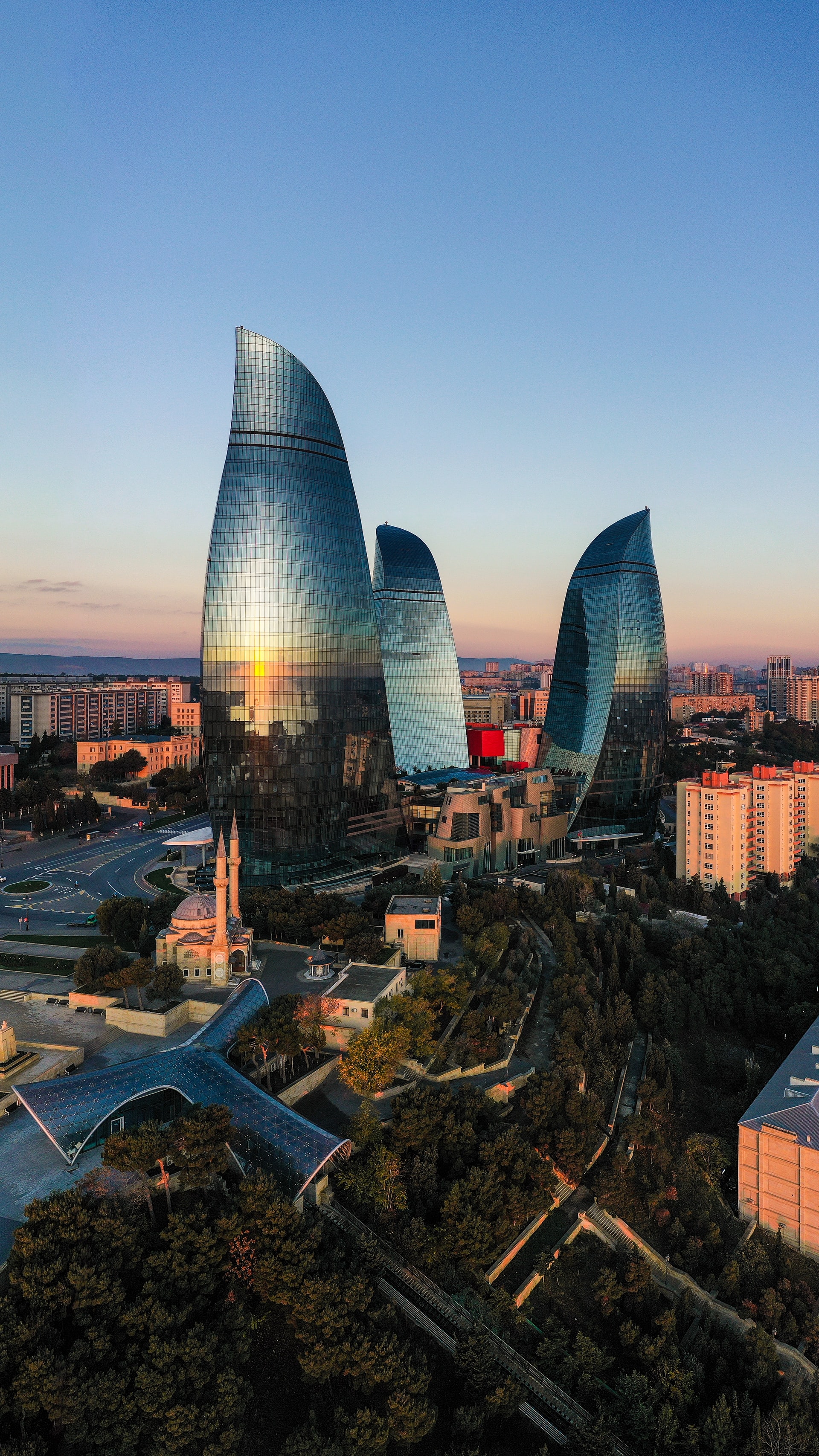National income is no barrier to infrastructure reform
Creating an enabling environment for quality infrastructure doesn’t have to be about large-scale reform programs. Regardless of income level, even modest reforms can have a major impact on driving sustainable, resilient and inclusive infrastructure.
InfraCompass 2020 case studies show that small, steady and incremental reforms can be highly successful – and that national income is no barrier to policy reform. In fact, lower income countries can realise significant gains through smaller reforms such as well-designed regulation and governance, smart use of digital to streamline processes or strengthening protections for investors.
Rwanda dramatically improved its permits processes
“Permits” is one of the eight drivers identified by InfraCompass 2020 as being critical to quality infrastructure investment. A system in which permits, approvals, and land acquisition processes are timely, predictable and easily navigable is essential in the efficient development and delivery of infrastructure.

 Above: The eight quality infrastructure drivers in the InfraCompass 2020 framework
Above: The eight quality infrastructure drivers in the InfraCompass 2020 framework
Rwanda is an example of how a series of small reforms can dramatically improve infrastructure delivery.
With no costs to start businesses and the highest score on quality of land administration, Rwanda advanced 39 places in the InfraCompass Permit rankings in 2020. It now sits third in Permits globally, behind only Singapore and New Zealand. An extraordinary achievement, but one very much in reach for other developing nations.


Above: Top performing countries in Permits driver from InfraCompass 2020
How did Rwanda achieve this, despite being classified as a low income country by the World Bank?
Since 2009, the Rwandan Government has dramatically reformed its land administration. From 2014 increased digitisation has been effective in reducing instances of fraud and cutting timeframes by replacing paper-based systems.
Further reforms followed in 2019, reducing the cost and time to establish a business, including reducing the cost of obtaining construction permits, faster connections for power and water to new buildings, and business tax exemptions for new small and medium enterprises. As a result, Rwanda’s performance in Permits is well-above the African regional average, and even outperforms most high-income countries. 
Above: Rwanda’s performance in Permits is well-above the African regional
average, and even outperforms high-income countries.
Rwanda is just one example of how all countries, regardless of their income group, have the means and opportunity to make significant improvements to their infrastructure enabling environment, resulting in more inclusive, resilient and sustainable infrastructure.
All countries, regardless of income, can benefit from policy reform
It’s no surprise that advanced economies dominate the league tables for most of the drivers in InfraCompass 2020, particularly when it comes to measures around the quality of governance and regulation. These countries tend to have a stronger rule of law, greater political stability, and more effective regulation and competition frameworks.
However, Rwanda shows that developing countries can make rapid improvements. And while Rwanda has led the way for developing countries in closing the gap with high-income countries, they are not alone.
Togo was the most improved country in terms of the cost to start a business and to register property. Additionally, for the second year in a row the Sub-Saharan nation was named among the world’s top 10 most improved economies in the World Bank’s most recent Doing Business report. This improvement has come following a range of reforms in recent years, including the streamlining of business and property registration procedures, the introduction of an online application portal for construction permits, and reducing the cost of connecting to the electrical grid.
In India, the establishment of the Insolvency and Bankruptcy Board of India has driven a dramatic improvement in the country’s recovery rate, increasing to almost 72 cents on the dollar, compared to only 26 cents in 2016. These reforms have seen India become the most improved country in Governance according to InfraCompass 2020.
Read more about the importance of infrastructure investment to economic recovery in our last blog here.

 InfraCompass
InfraCompass





